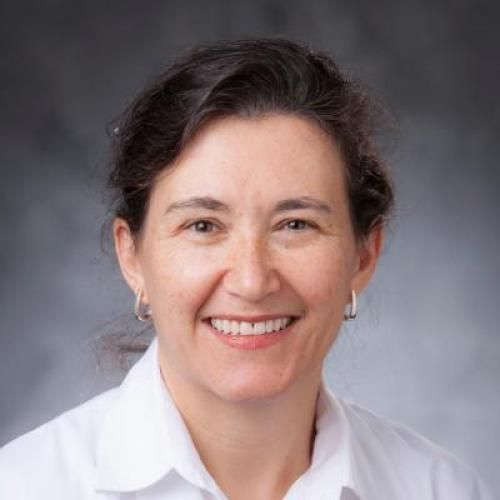SU‐E‐I‐51: Estimating Effective Dose from Phantom Dose Measurements in Atrial Fibrillation Ablation Procedures
Purpose: The purpose of this study was three‐fold: (a) to estimate organ doses and effective dose (ED) for atrial fibrillation (AF) ablation from clinical fluoro times, (b) to estimate carcinogenic risks for organ doses, and (c) to derive the dose conversion coefficient (DCC) for estimating the ED from the DAP. Method and Materials: A biplane fluoroscopic system was used for the AF ablation procedures (RAO 30°, LAO 45°). ED was measured for low dose and normal dose modes. For acquisition of organ dose measurements, 20 diagnostic MOSFET detectors were placed at selected organs in a male anthropomorphic phantom. The DAP was recorded from the system console and validated independently. Biplane fluoroscopy was performed for 10 minutes to measure the dose rate for each organ. Organ doses were computed by multiplying organ dose rate and the average fluoro time. The ED was computed by summing the product of each organ dose and the corresponding tissue weighting factor (ICRP 103). Age and gender specific carcinogenic risks (life‐time attributable risks and relative risks) for stomach, colon, liver, lung, breast, and bone marrow were computed by BEIR VII report (2006). Results: The ED was computed for an average AF ablation fluoroscopic time of 88 minutes. ED were 28 mSv and 46 mSv for low and normal modes respectively. The corresponding DAP were 49 Gy cm2 and 89 Gy cm2 and derived DCC were 0.57 and 0.58 mSv Gy‐1 cm‐2 for low and normal mode respectively. Relative risk (RR) for leukemia were 1.086 and 1.091 for male and female at age 30. RR for lung cancer incidence were 1.022 and 1.073 for male and female at age 30. Conclusions: The ED for AF ablation procedure can easily be estimated by multiplying the derived DCC by the console‐displayed DAP. © 2011, American Association of Physicists in Medicine. All rights reserved.
Duke Scholars
Published In
DOI
ISSN
Publication Date
Volume
Issue
Start / End Page
Related Subject Headings
- Nuclear Medicine & Medical Imaging
- 5105 Medical and biological physics
- 4003 Biomedical engineering
- 1112 Oncology and Carcinogenesis
- 0903 Biomedical Engineering
- 0299 Other Physical Sciences
Citation
Published In
DOI
ISSN
Publication Date
Volume
Issue
Start / End Page
Related Subject Headings
- Nuclear Medicine & Medical Imaging
- 5105 Medical and biological physics
- 4003 Biomedical engineering
- 1112 Oncology and Carcinogenesis
- 0903 Biomedical Engineering
- 0299 Other Physical Sciences

